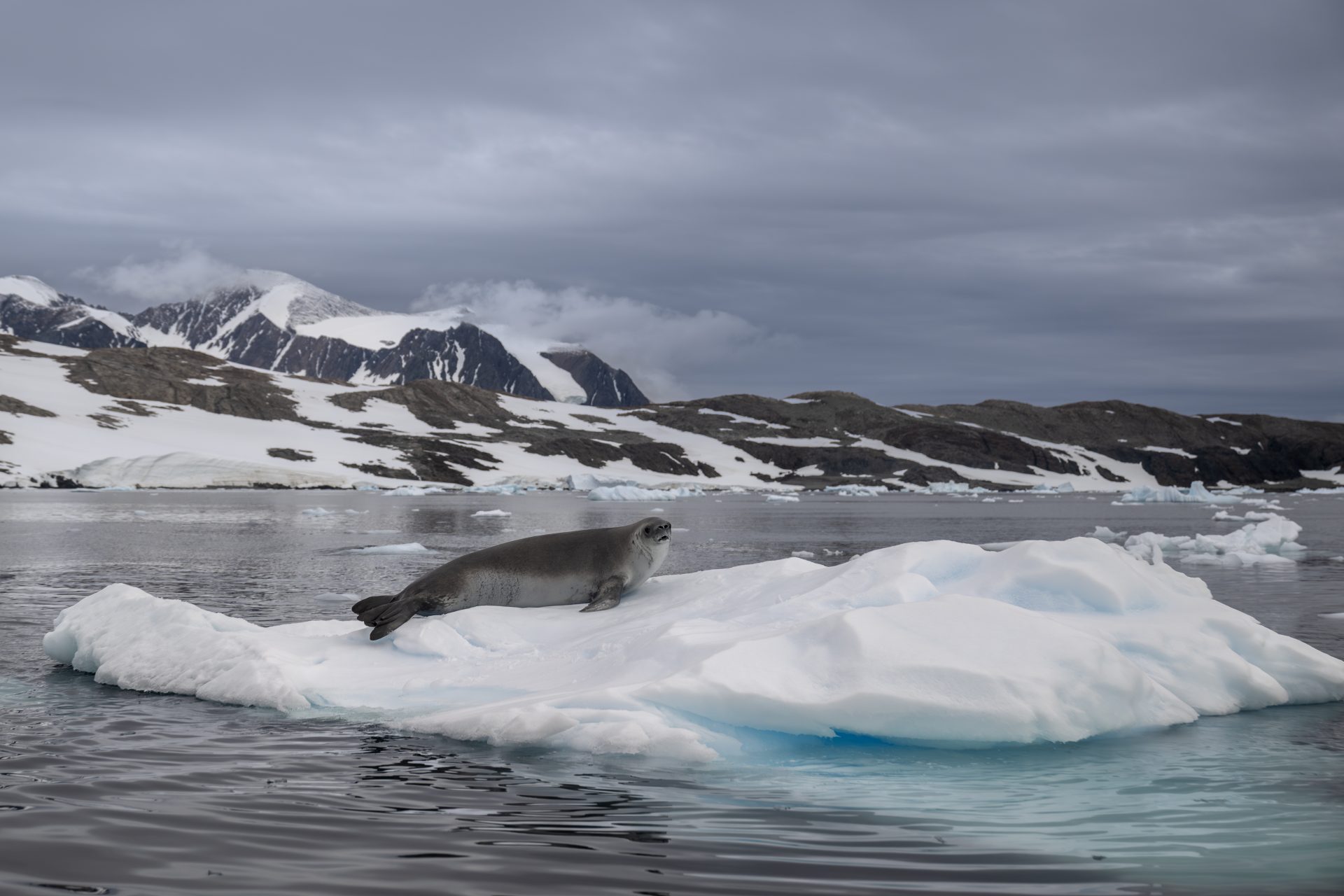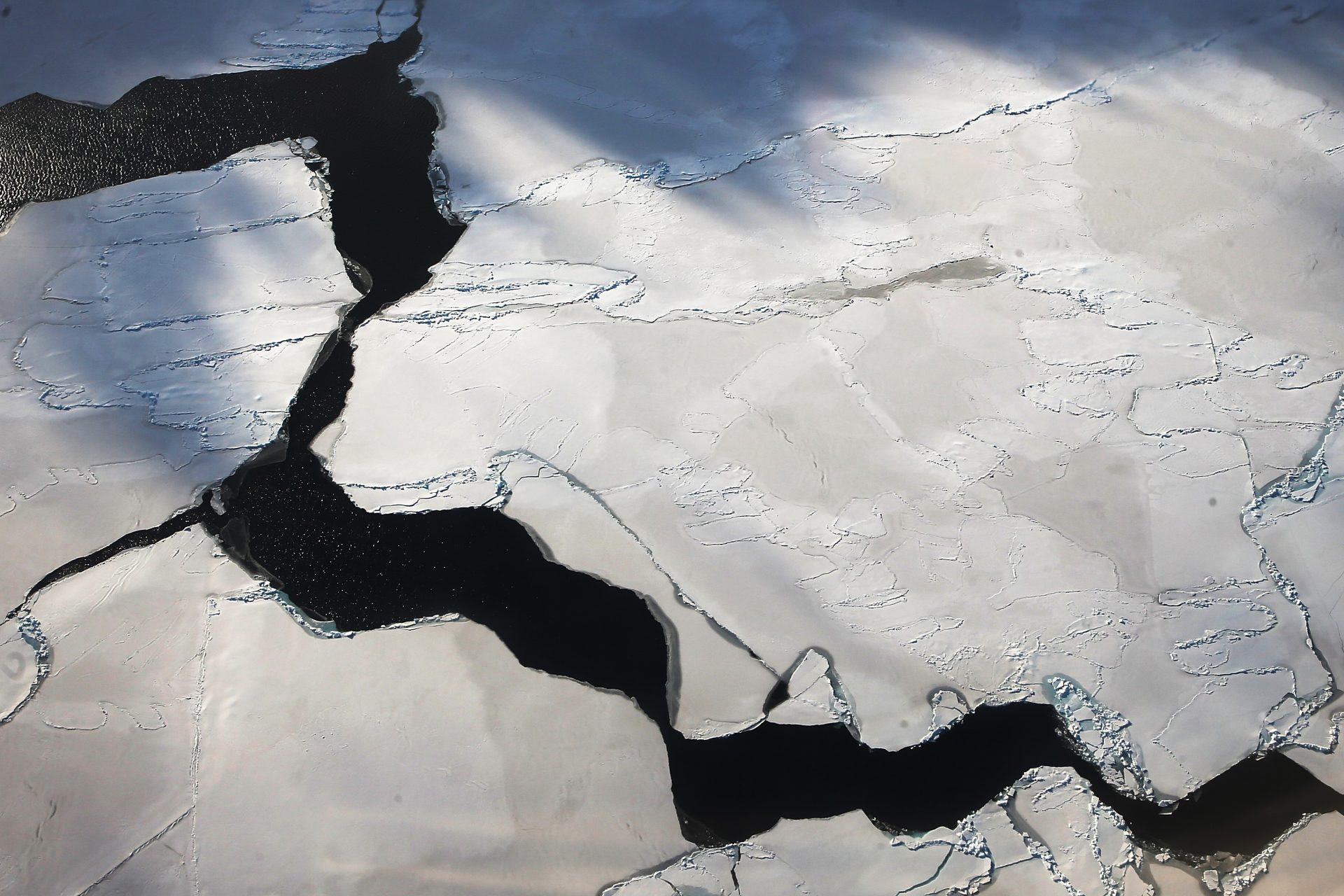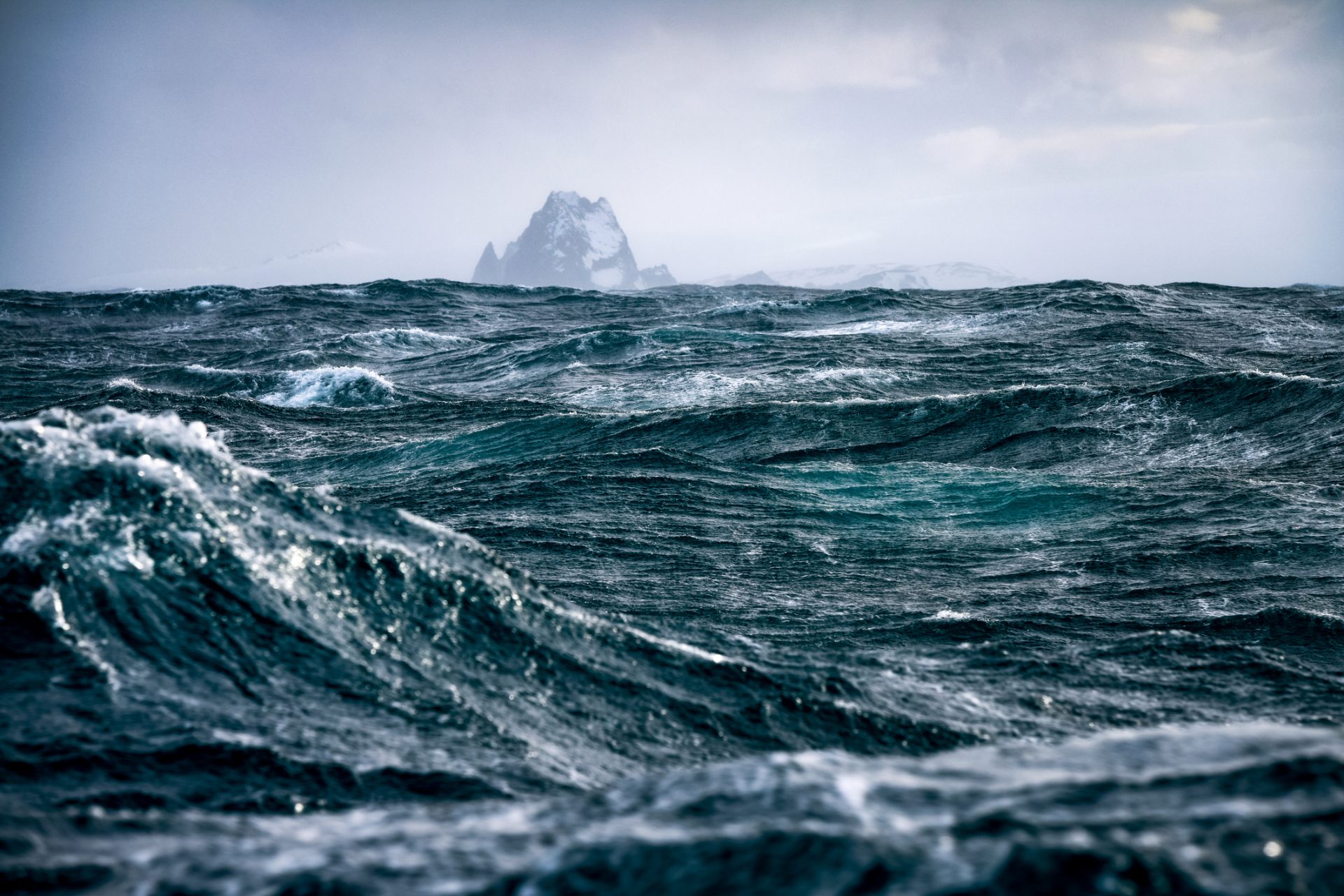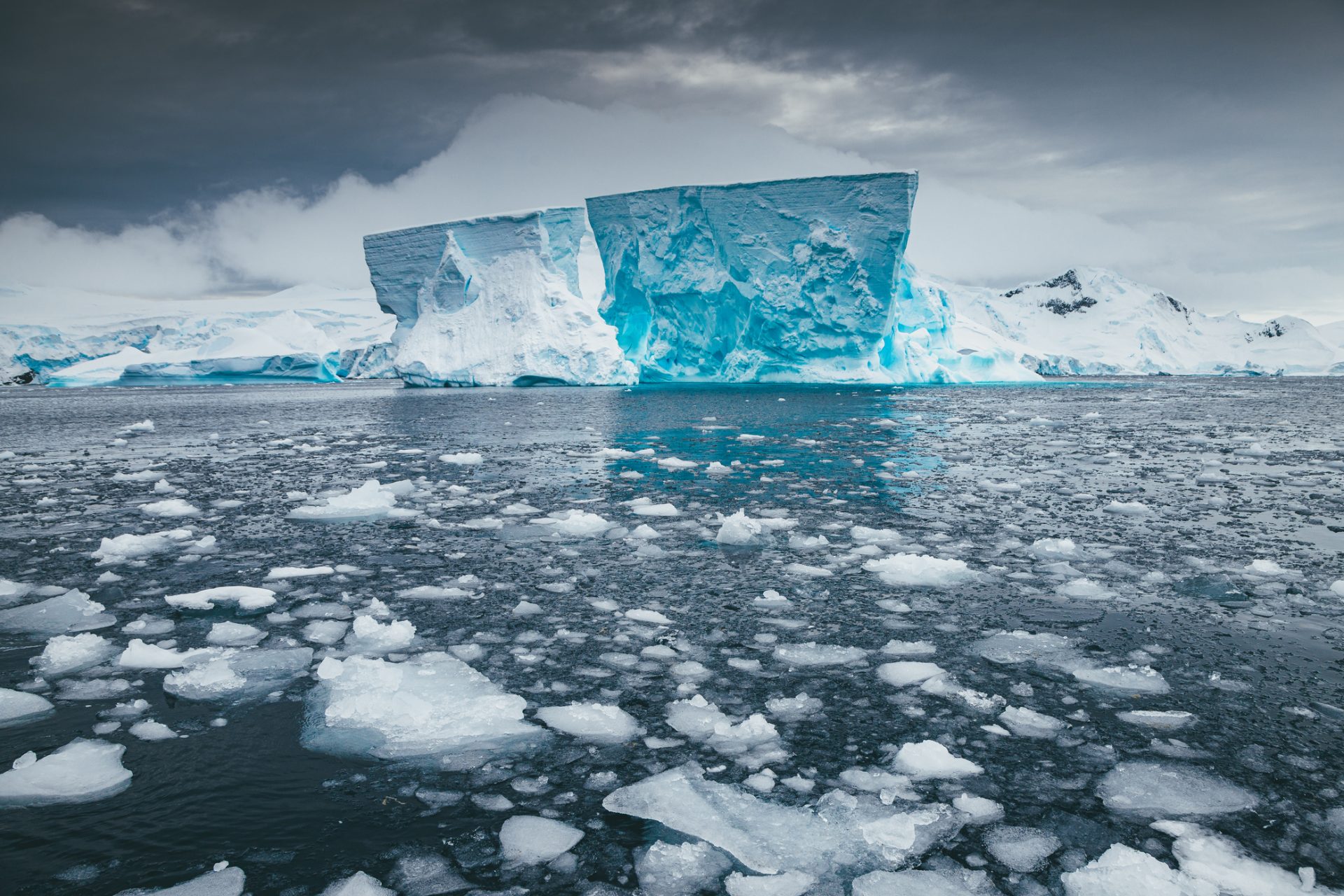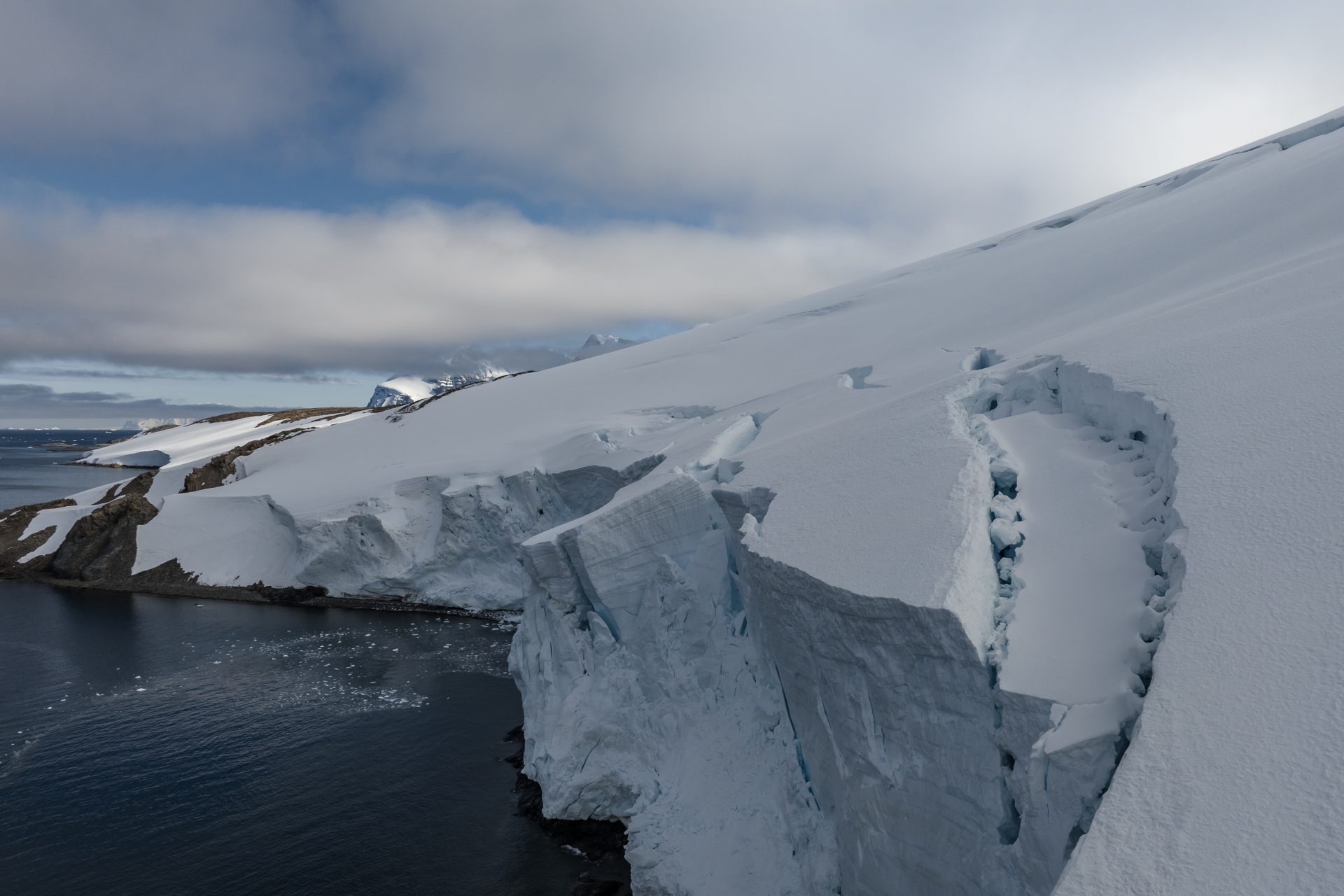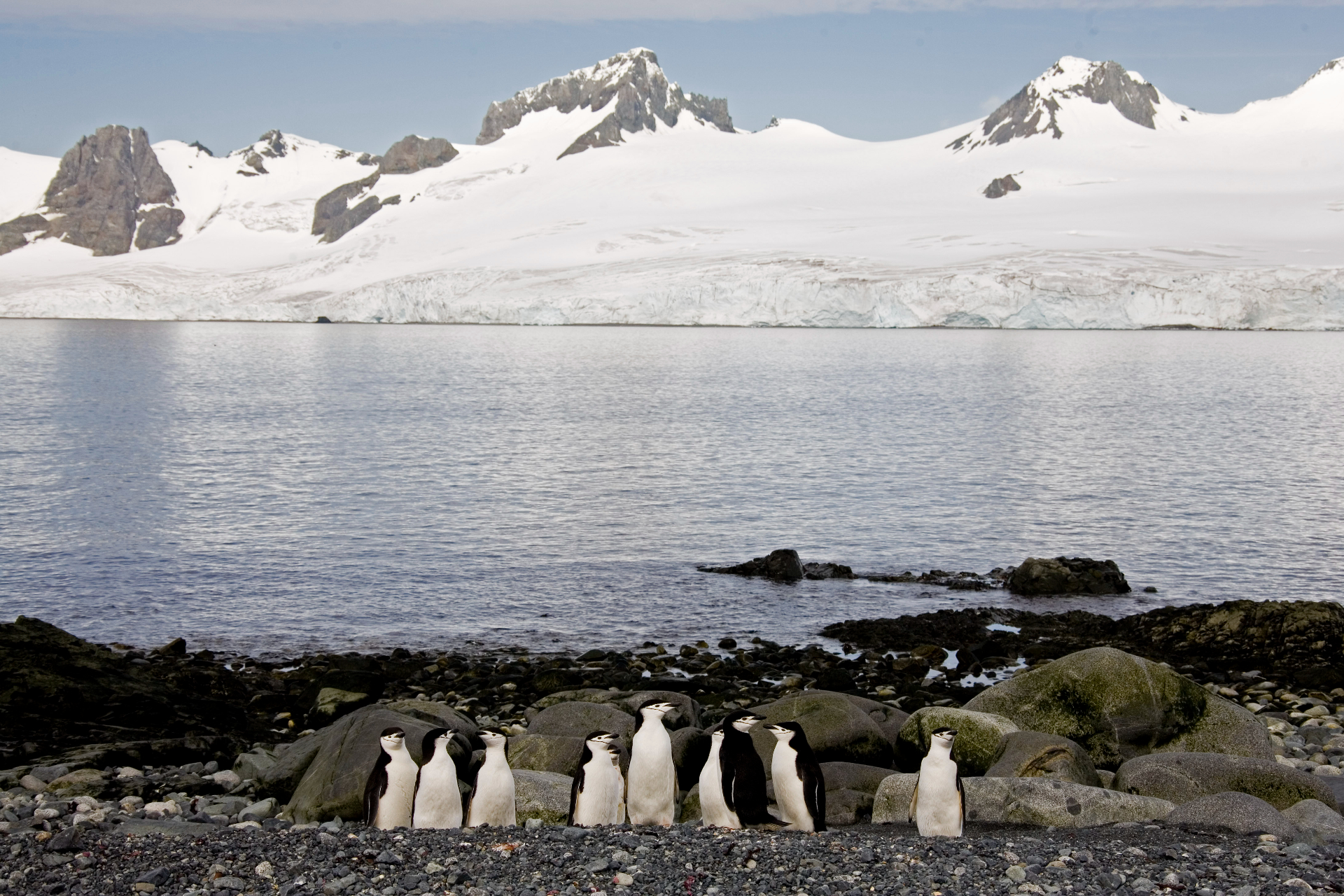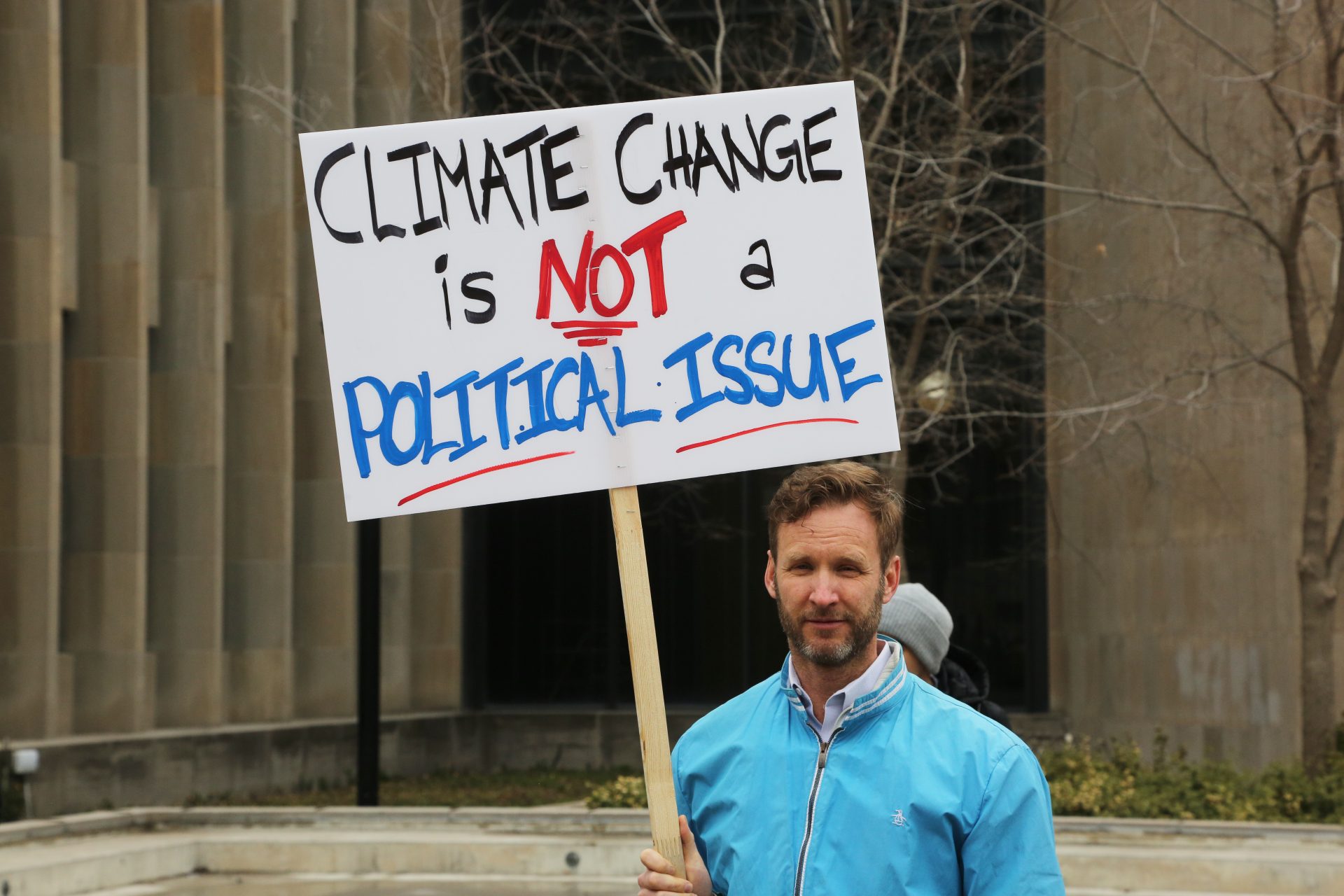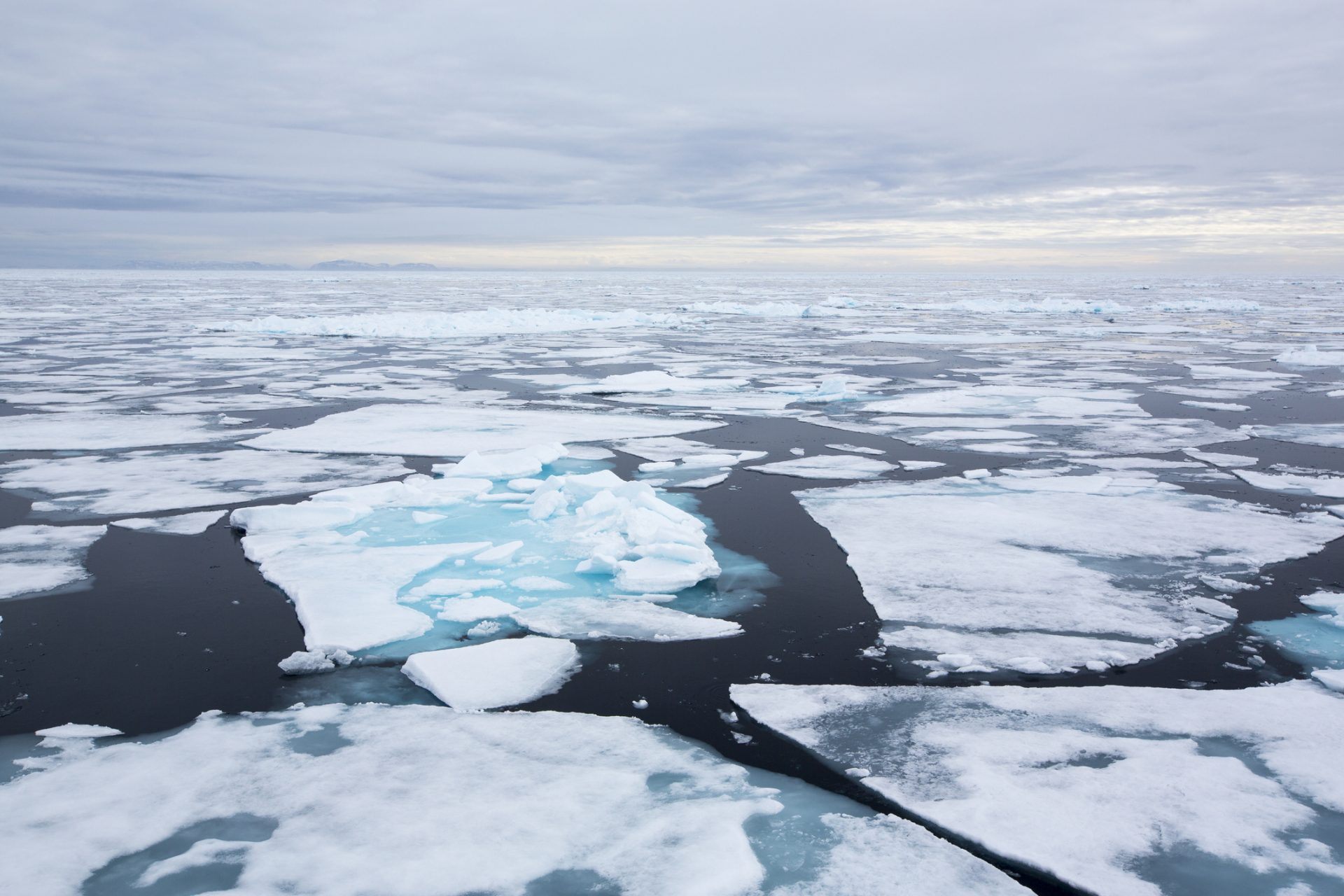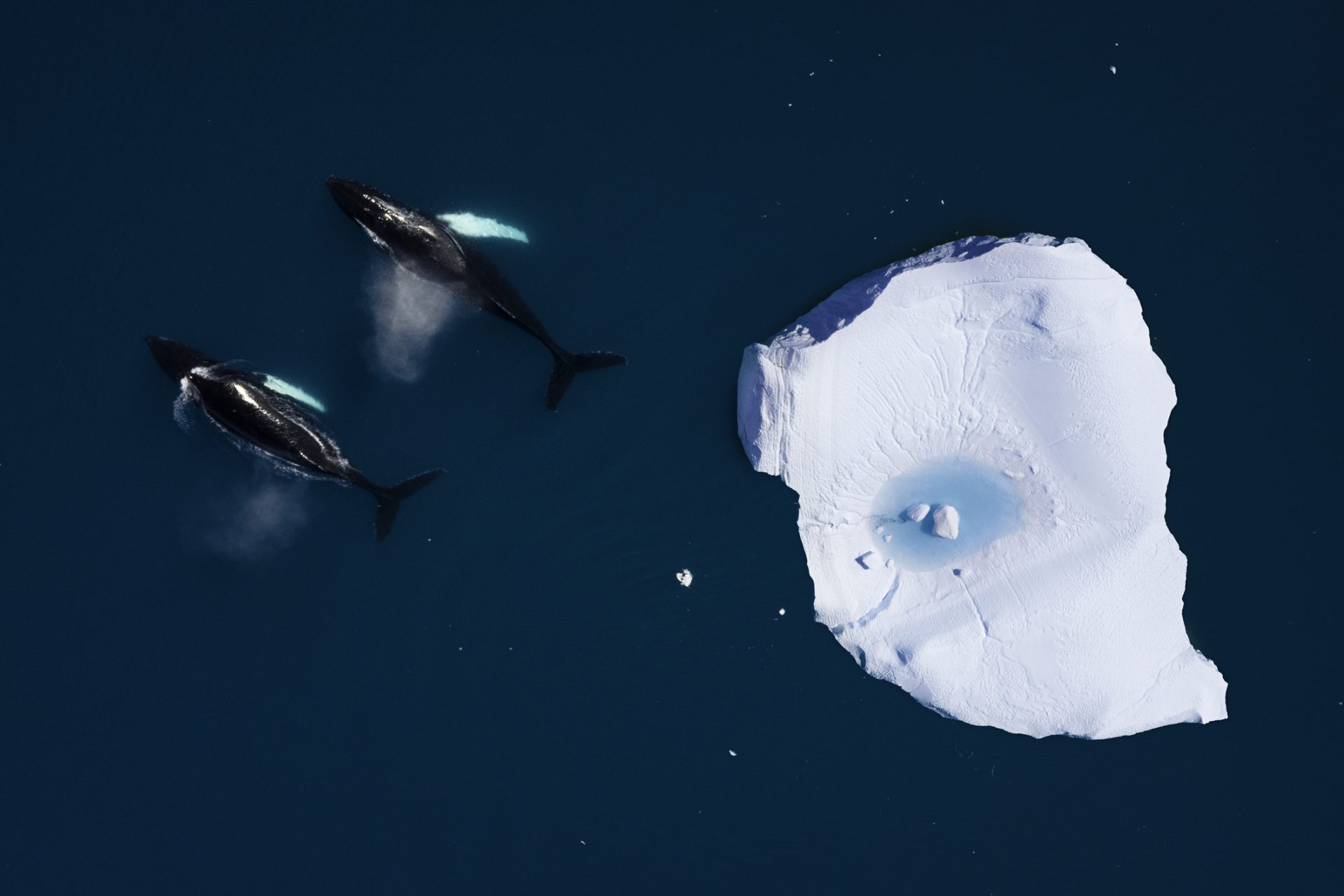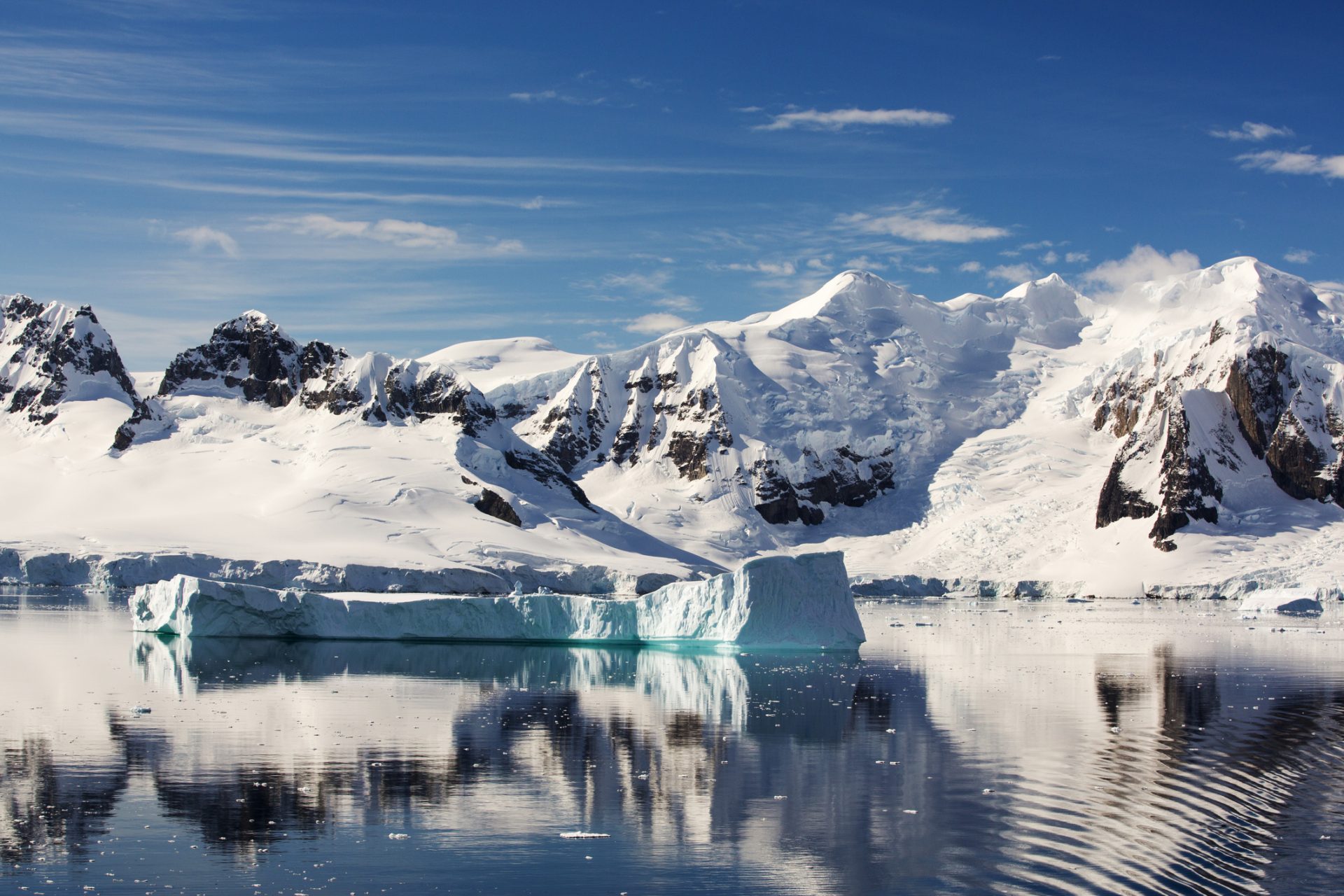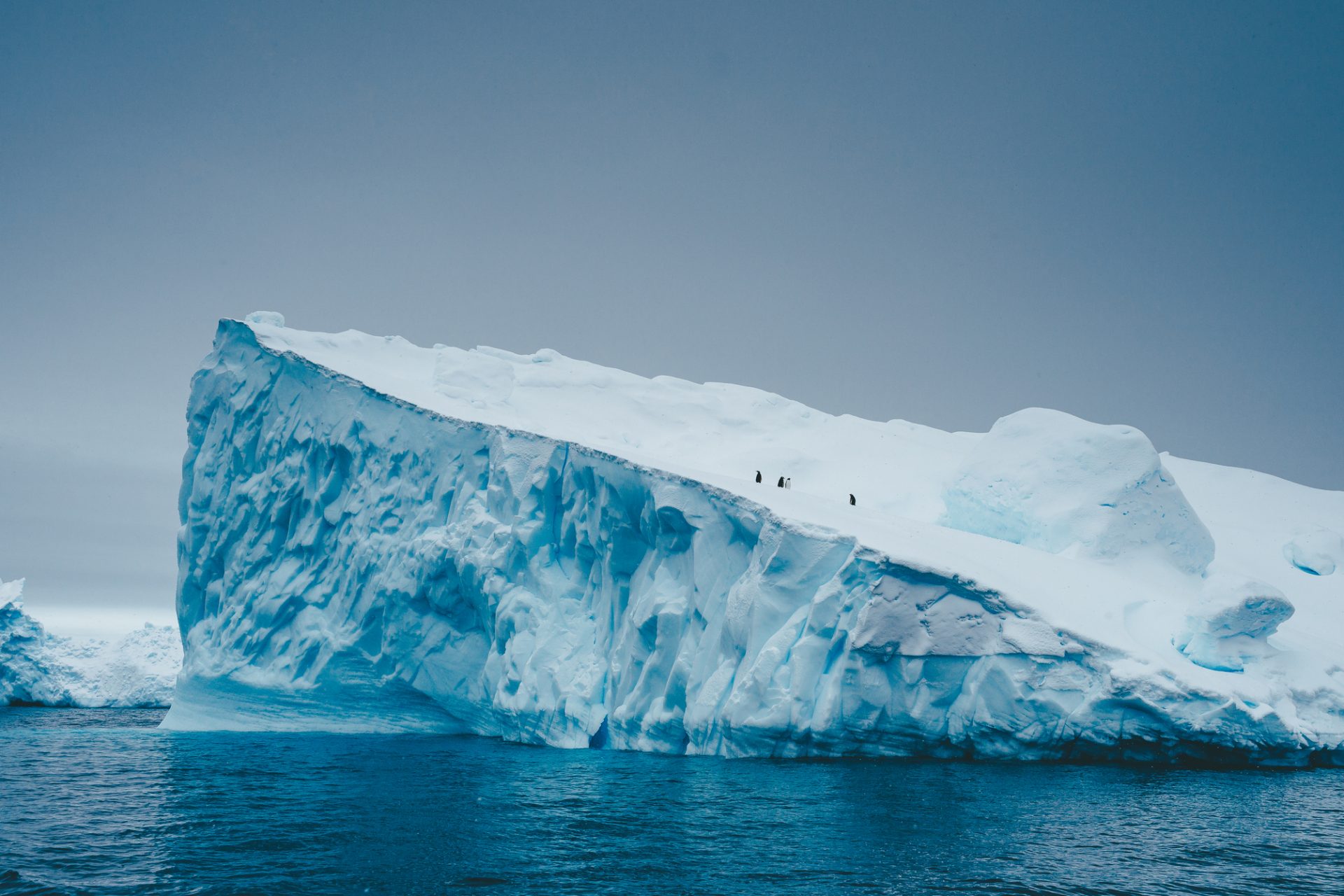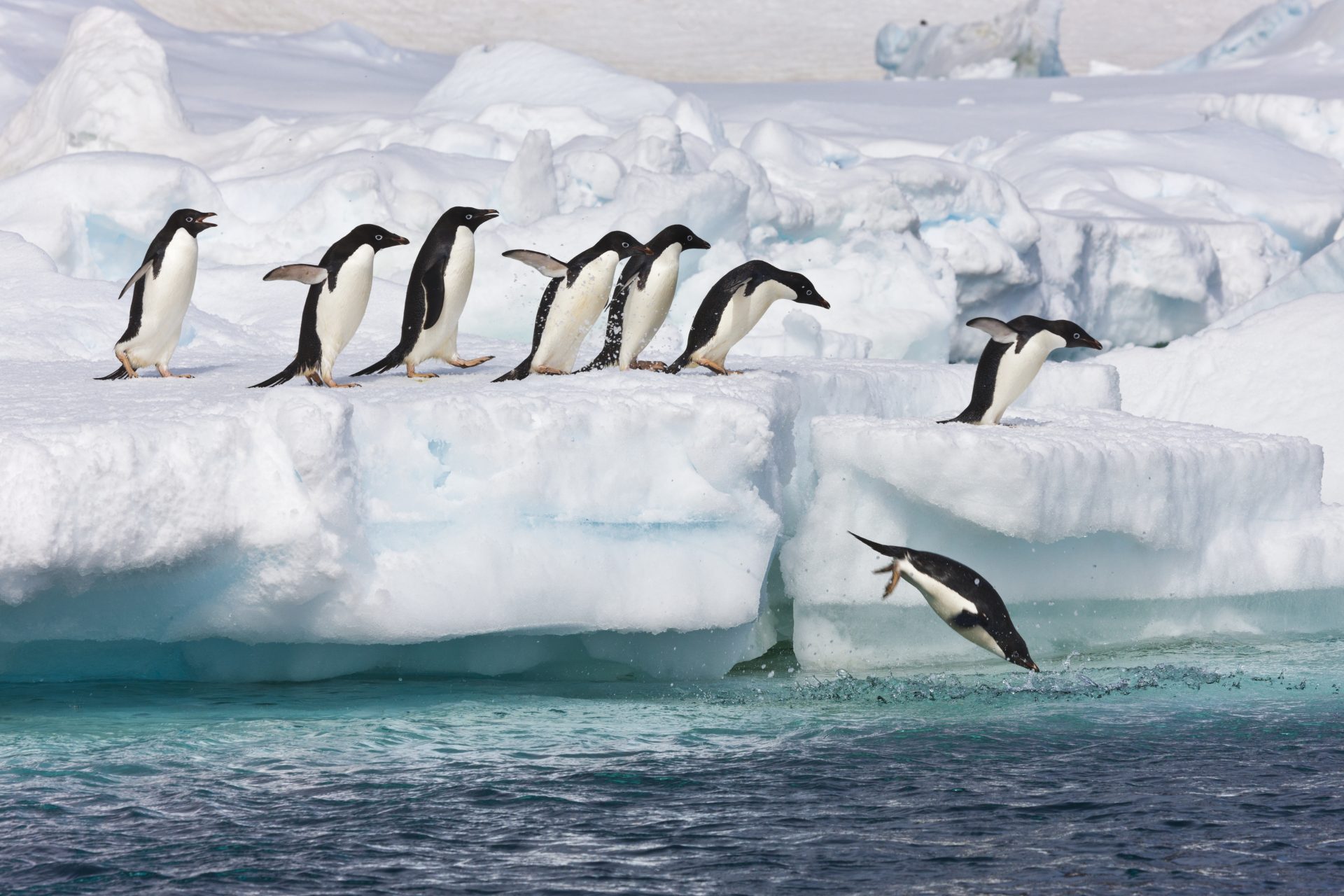Have you heard about this alarming phenomena emerging in Antarctica?
The vast seas filled with ice in Antarctica have a profoundly important impact on our world and it is likely important for our survival as a species according to the World Wildlife Fund. But what do these ice sheets do to help humanity?
One of the most important functions the ice of Antarctica serves is deflecting dangerous sun rays away from our planet, which helps to keep the Earth at a liveable temperature. It’s worrying then that this ice is disappearing.
“Antarctica feels very distant, but the sea ice there matters so much to all of us," Ella Gilbert, a British Antarctic Survey polar climate scientist told Live Science about the growing problem. "It's a really vital part of our climate system."
Live Science noted that Antarctica’s sea ice not only plays an important role in protecting ice shelves by keeping warmer waters from hanging glaciers but it also is critical for regulating the region's ecosystems and creating habitats.
Antarctica’s sea ice also helps drive the circulation of the oceans. The process by which this happens is a bit complicated but 40% of the global ocean traces back to Antarctic sea ice, which Live Science said makes “it vital in regulating regional climates across the planet.”
While the popular belief is that most of science has focused on the concerning problems unfolding on the northern end of the planet, the reality is things in Antarctica are not as rosy as they once were. The area is facing its own catastrophic collapse of ice.
"When you push any part of the climate system, it has ripple effects that are felt all over the world—not necessarily immediately, but many years down the line," Gilbert said, and humans seem to be pushing this part of our climate system in the wrong direction…
In 2023, the British Antarctic Survey noted that Antarctica’s sea ice reached historically low levels and reported the region was missing over two square kilometers or 1.2 miles of ice according to results published in the journal ‘Geophysical Research Letters.’
Lead author of the study Rachel Diamond explained that the models she and her other co-authors developed showed the record-low levels of ice in Antarctica only a possibility because of climate change.
"According to the models, the record-breaking minimum sea ice extent would be a one-in-a-2,000-year event without climate change,” Diamond explained according to PsyOrg, though she noted researchers only had 40 years of measurements to study.
The study also predicted that Antarctica would see even bigger declines in sea ice in the future if climate change continued. Antarctica is four times more likely to see further losses if temperature increases persist.
All of Antarctica's current problems are even more worrying since the region has seen decades of growth in its sea ice up until 2015, which scientists have seen as completely surprising according to the British Antarctic Survey, which wrote the PsyOrg article.
Newsweek also covered the latest sea ice study from the British Antarctic Survey and pointed out that its authors were pessimistic about the likelihood Antarctica’s sea ice would recover after such large losses in 2023.
Unfortunately, the loss of so much sea ice could cause major problems for the Antarctic Ocean. The impact in the regions will be profound for “local and global weather” study co-author Louise Sime explained. The area's ecosystems will also be affected.
Antarctica’s sea ice isn’t the only type of ice suffering in the region. The continent's ice shelves—ice that is actually attached to land as opposed to sea ice which is free-floating according to Antarctic Glaciers—are also having major problems.
In October 2023, a study published in the journal Science Advances found Antarctica’s ice shelves shrunk by upwards of 40% since 1997, and even more concerning was the finding that there were no signs of recovery.
The Guardian reported that scientists from the University of Leeds revealed Antarctica lost 67 tons of ice in its west while only 59 tons were added to the east of the continent, which resulted in a net loss of 7.5 tons of ice.
More for you
Top Stories



